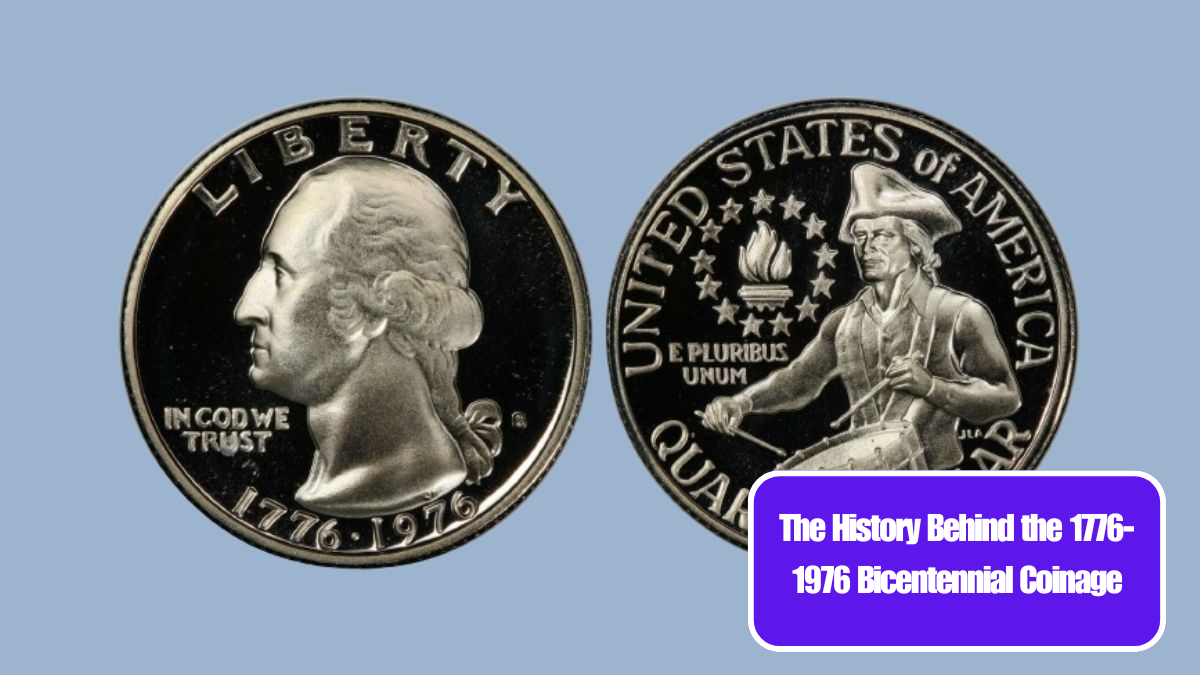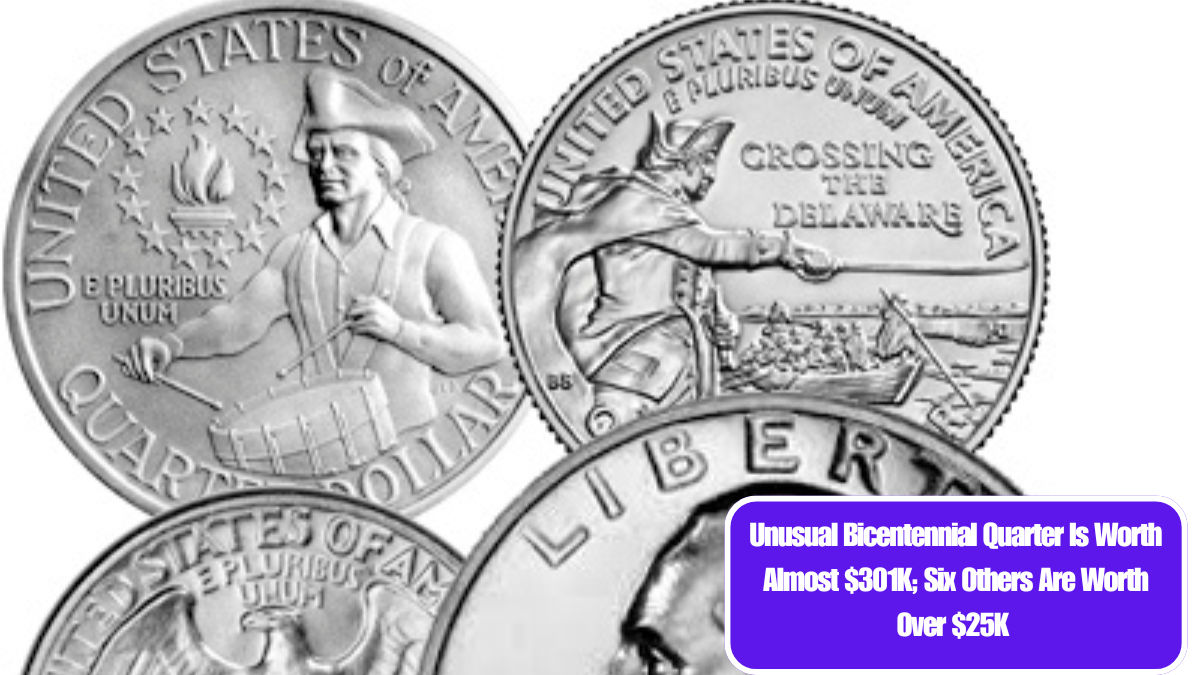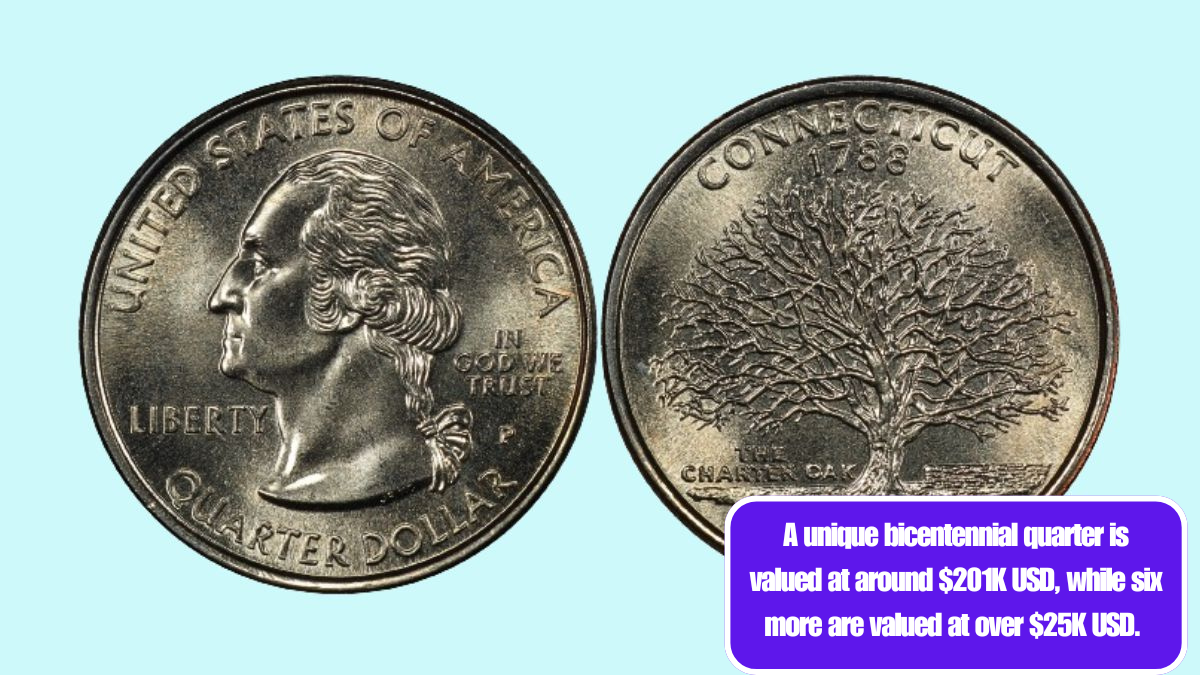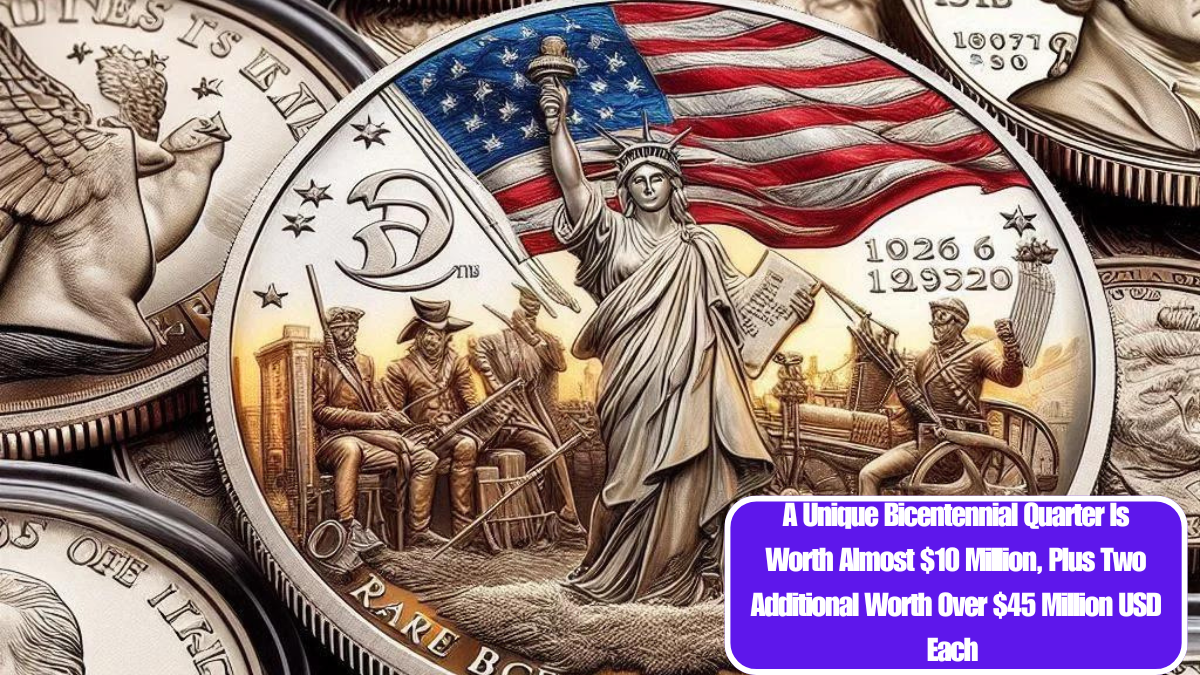The United States Bicentennial in 1976 marked a significant moment in American history, celebrating 200 years of independence and the nation’s founding ideals. One of the most memorable aspects of this celebration was the issuance of special Bicentennial coinage, which not only honored this milestone but also reflected a renewed sense of patriotism and historical reflection.
The Bicentennial Coinage: Overview
In 1975 and 1976, the U.S. Mint produced special designs for the quarter, half dollar, and dollar coins to commemorate the 200th anniversary of the signing of the Declaration of Independence in 1776. The designs were the result of a competition, leading to the creation of distinctive images that would resonate with Americans.
Coin Designs
- Bicentennial Quarter: The reverse side features a colonial drummer, symbolizing the spirit of the American Revolution, while the obverse retains the familiar profile of George Washington. This design was created by Jack L. Ahr and was significant for its representation of a pivotal moment in American history.
- Bicentennial Half Dollar: Similar to the quarter, the half dollar showcases a depiction of the Liberty Bell, combined with the moon in the background. This design, also by Ahr, represented freedom and the American spirit.
- Bicentennial Dollar: The dollar coin featured a bold portrayal of the Liberty Bell and the eagle, emphasizing the themes of liberty and strength. Designed by Dennis R. Williams, this coin also served as a reminder of the nation’s commitment to freedom.
The Minting Process
The U.S. Mint faced significant challenges in producing the Bicentennial coins. To meet the demand for these coins, the Mint began minting them in late 1975. The coins were produced in large quantities and were made available to the public through banks, contributing to their widespread circulation.
Popularity and Significance
The Bicentennial coins quickly became a symbol of national pride. The timing of their release coincided with the celebration of America’s 200 years of independence, which included parades, fireworks, and other festivities across the country. The coins were not only collected by numismatists but also by everyday Americans who wanted to commemorate the occasion.
Economic and Cultural Impact
The Bicentennial coinage also had economic implications. It marked one of the few instances in U.S. history where coins were specifically designed for a celebration. The special coins stimulated interest in numismatics and encouraged collectors to pay attention to the history and art of coin design. Moreover, they played a role in educating younger generations about the importance of the nation’s history.
The 1776-1976 Bicentennial coinage remains a beloved part of American numismatic history. These coins serve as a tangible reminder of the nation’s struggles and triumphs over the past 200 years. They encapsulate a moment in time when Americans reflected on their heritage and looked forward to the future. As collectors continue to treasure these coins, the spirit of 1776 lives on, reminding us of the enduring values of liberty and democracy that define the United States.














